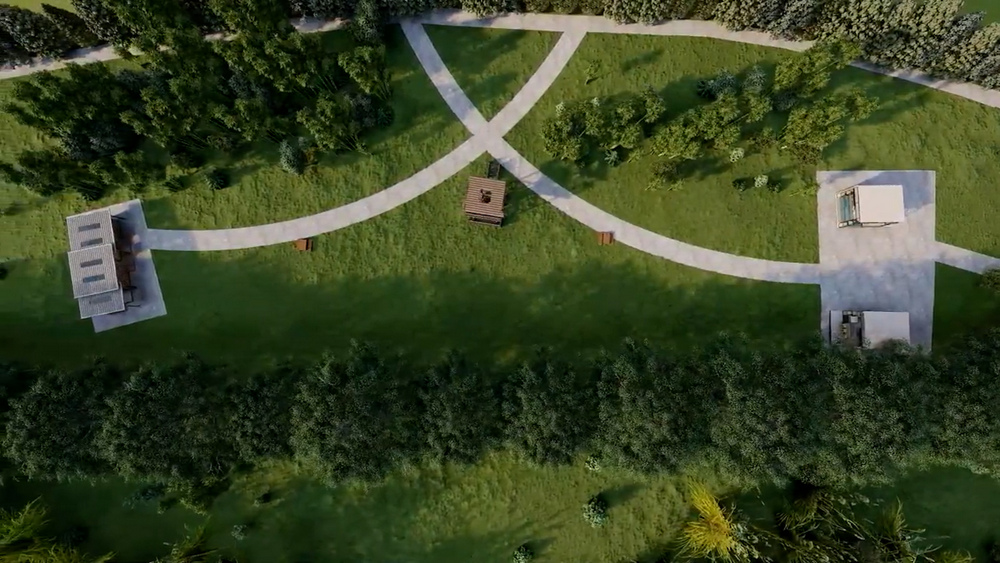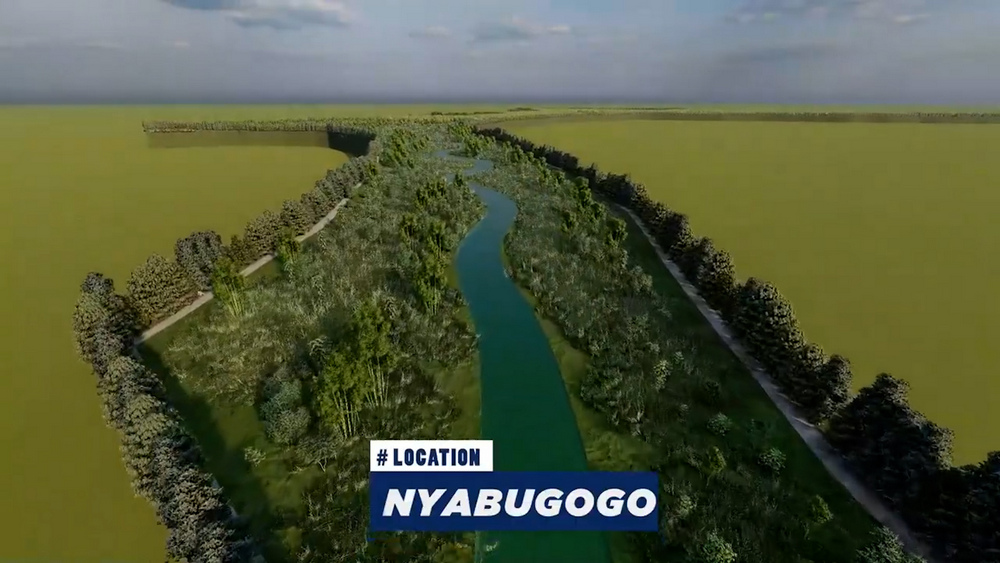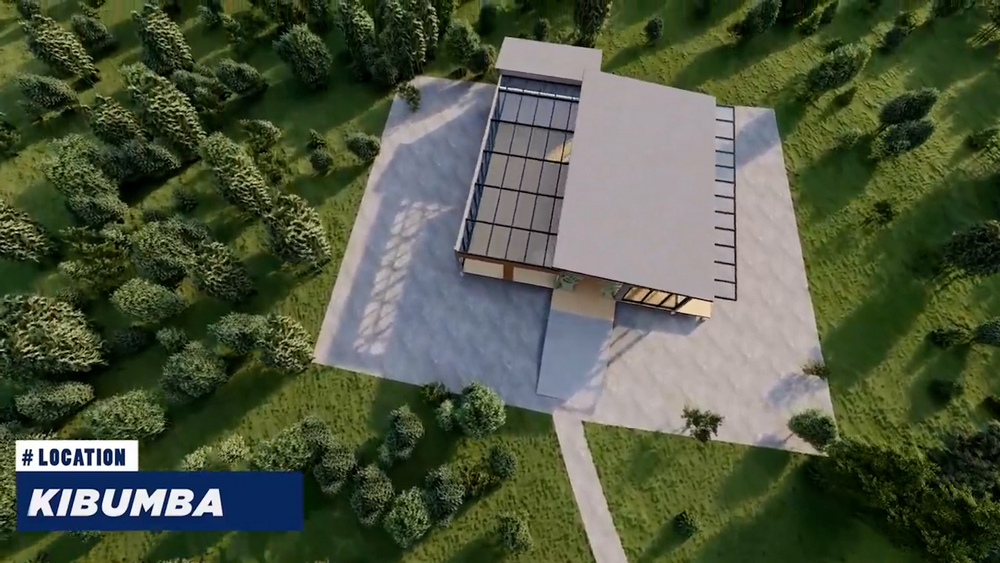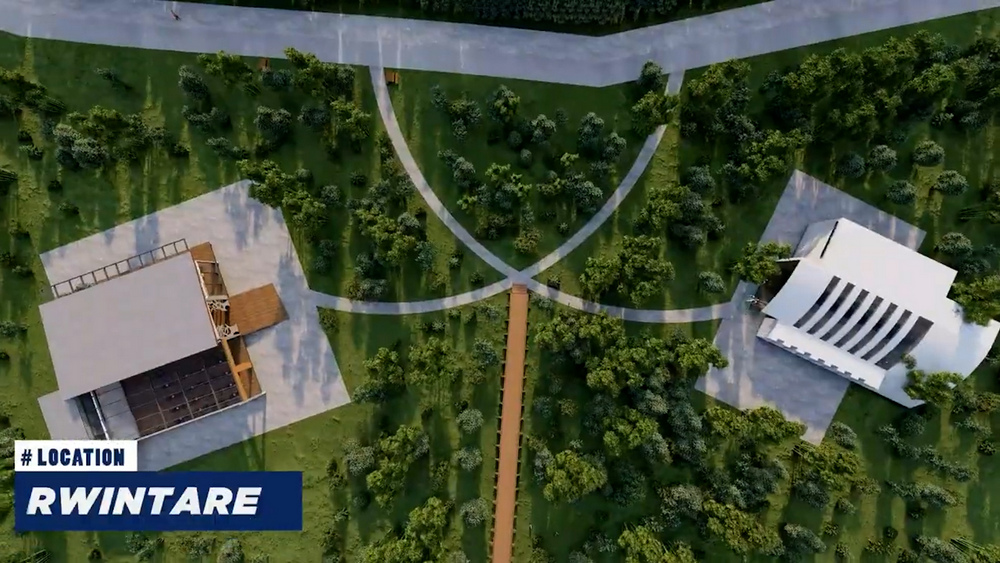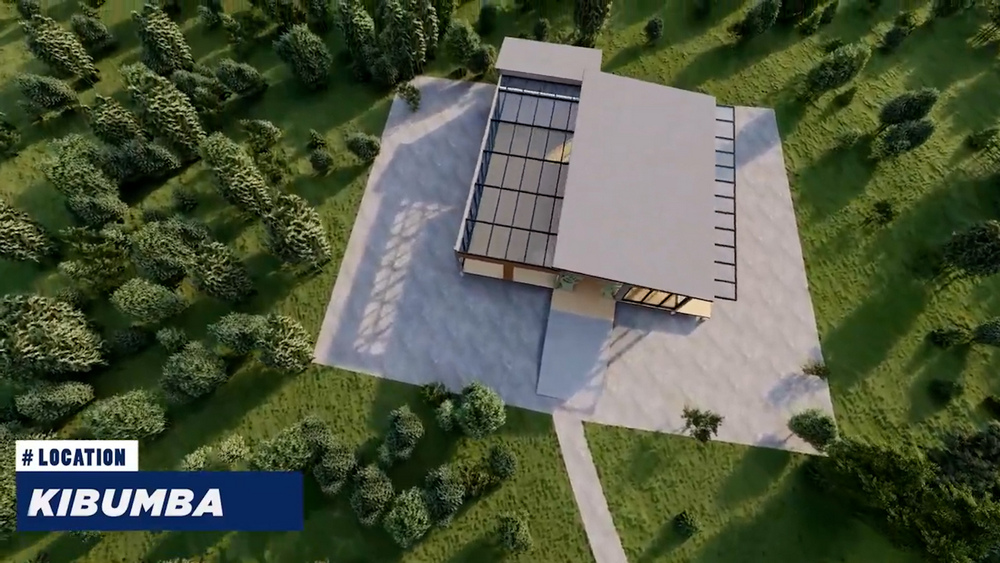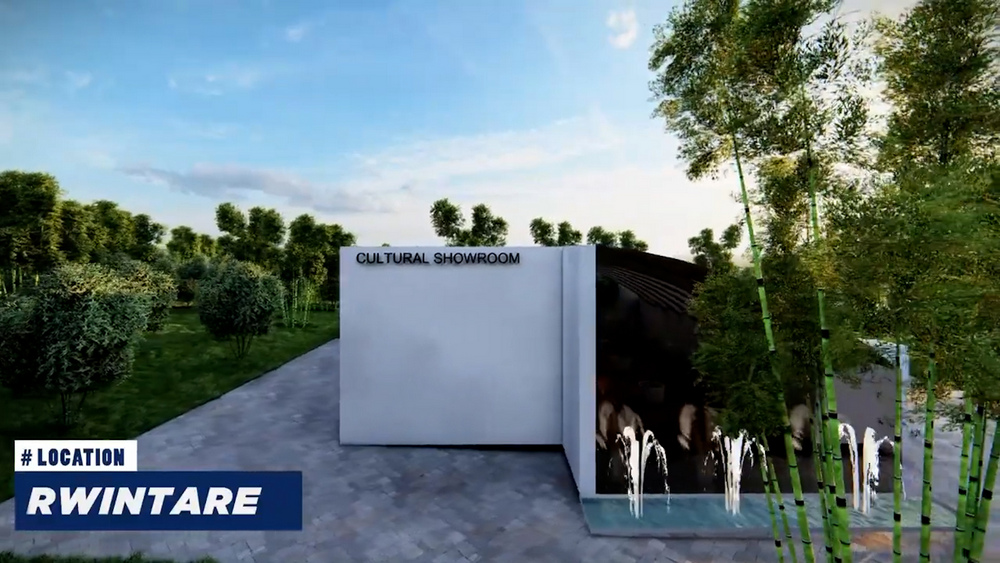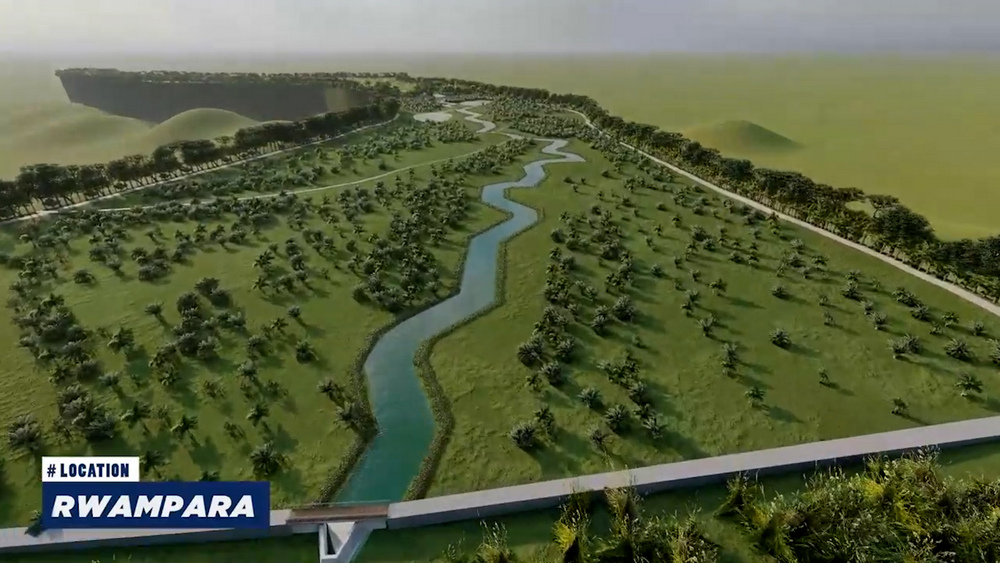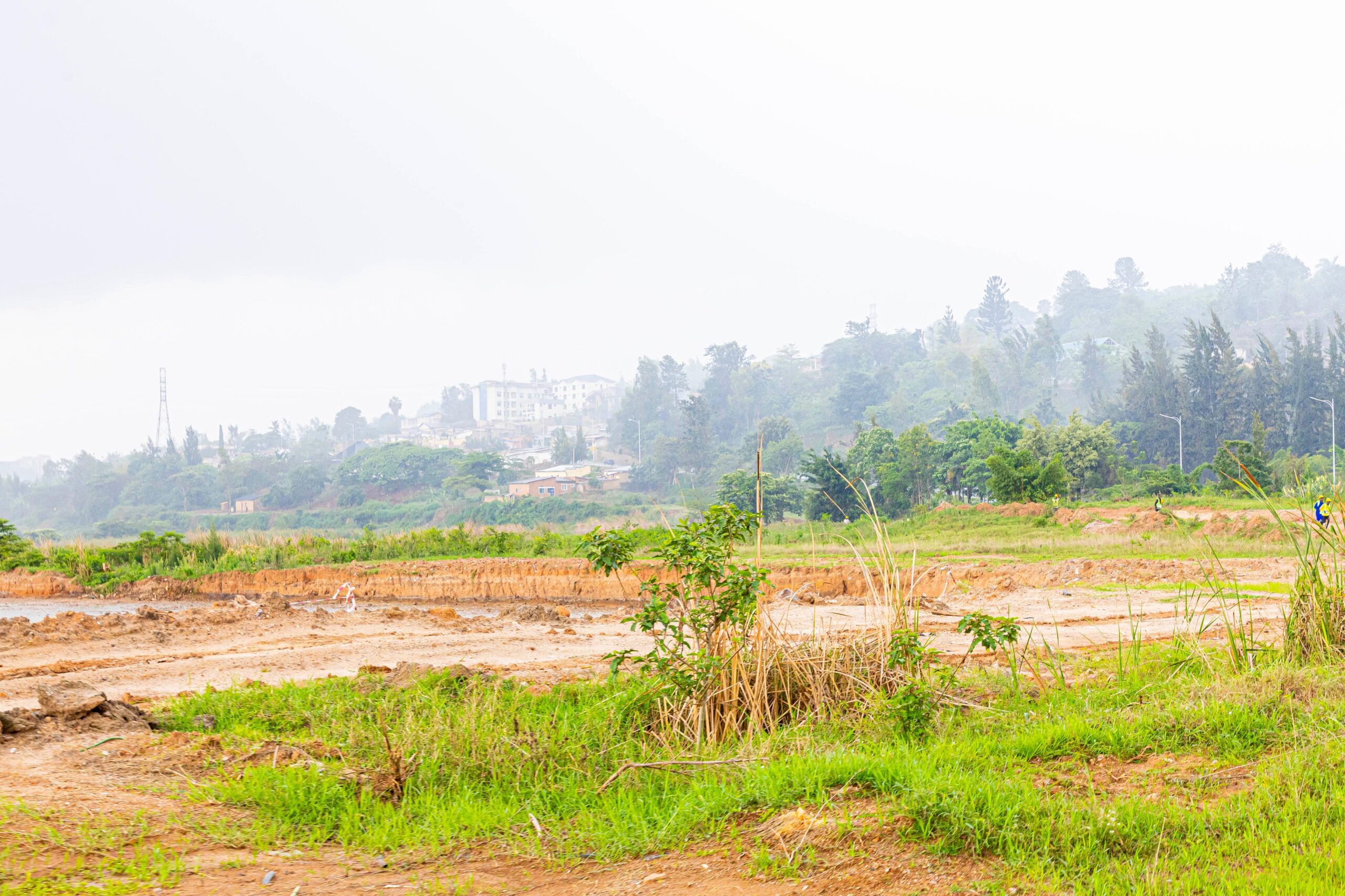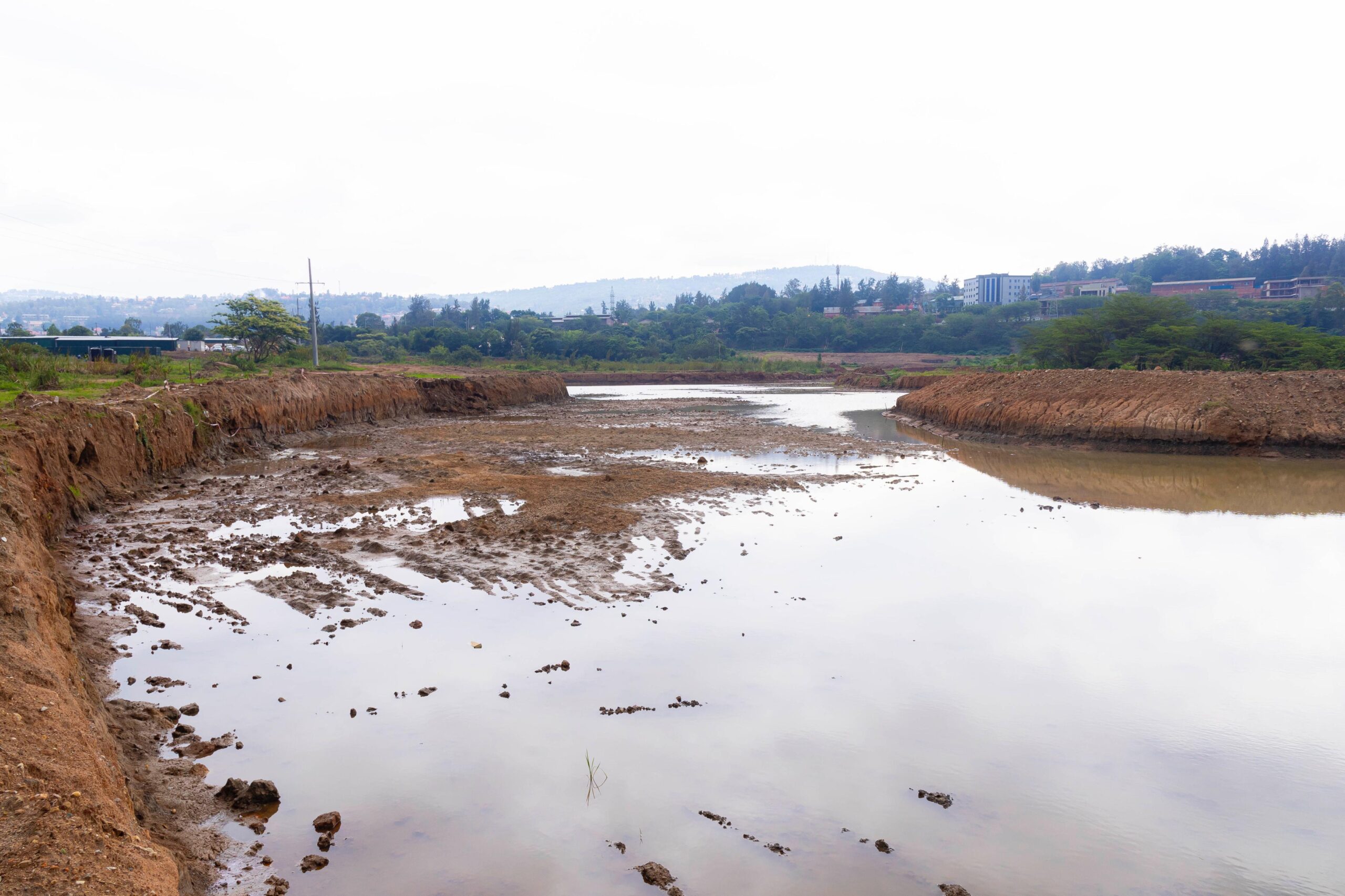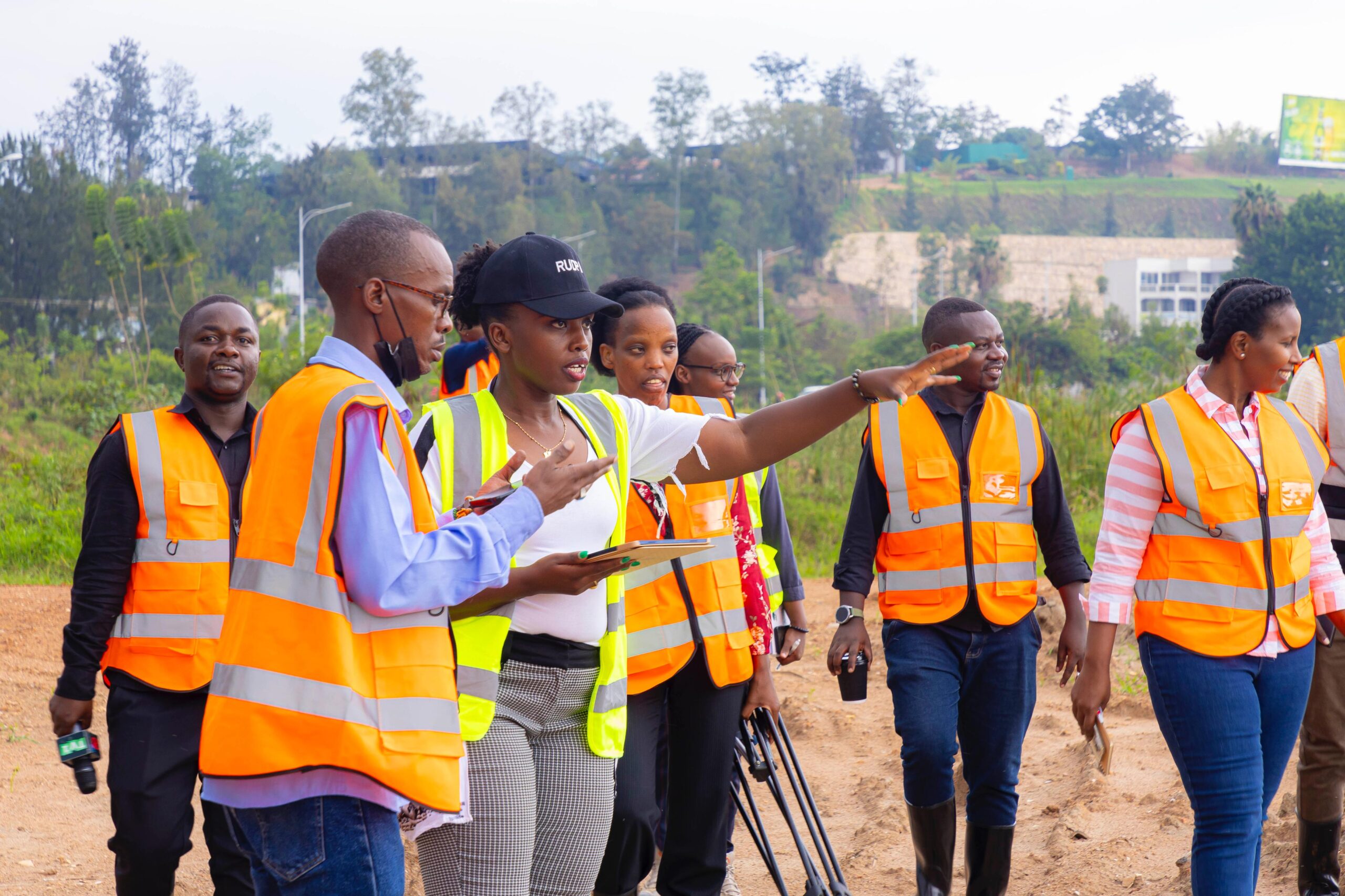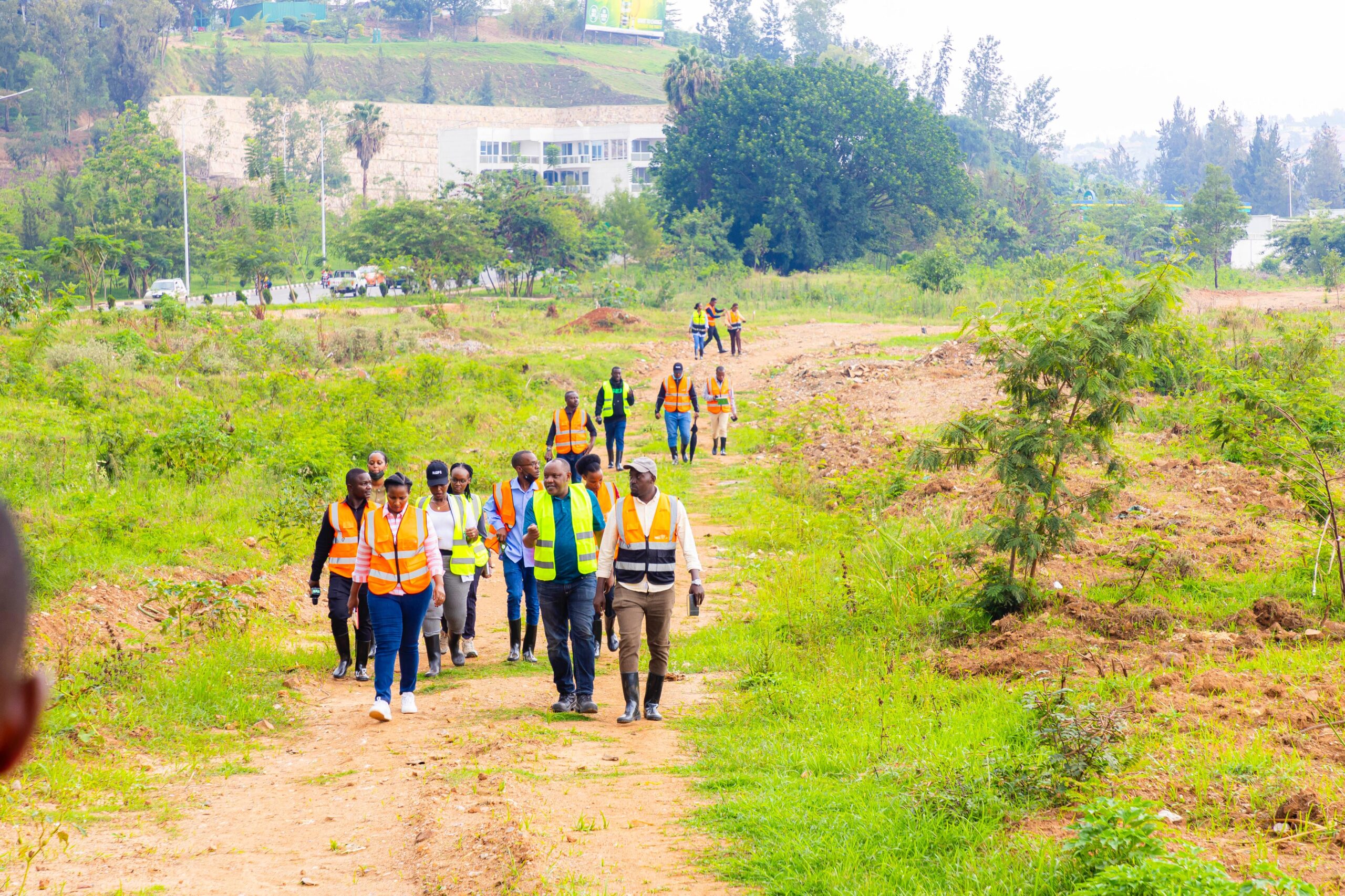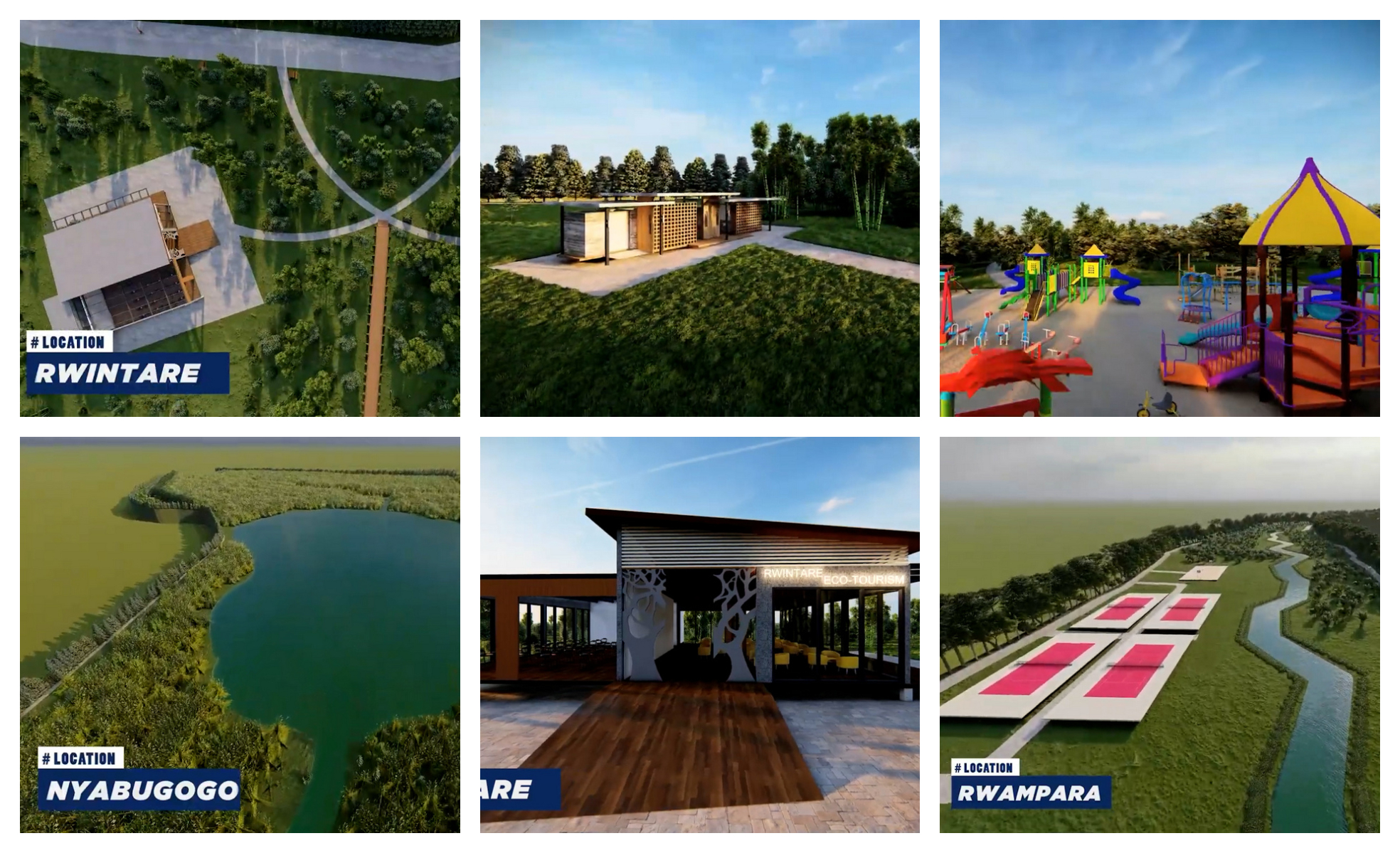
The City of Kigali is set to benefit from four wetlands currently undergoing transformation.
Rwanda Environment Management Authority (REMA) has revealed that the five wetlands, currently under rehabilitation in Kigali, will be completed by September next year.
This was revealed by Juliet Kabera, the REMA Director General, during a media press briefing and guided tour held on Friday October 11, 2024 and aimed at engaging media in understanding, get updated information on the mega project that kicked off March this year.
The City of Kigali Wetland rehabilitation project, worth $27million which will rehabilitate 491ha of degraded wetlands in Kigali, is funded by the Global Environment Facility (GEF), through the World Bank’s 2nd Rwanda Urban Development Project (RUDPII), the Nordic Development Fund (NDF) and the government of Rwanda.
The environmental project activities commenced this March 2024, following the enactment of the 2018 law on wetlands protection which saw eviction of citizens and relocation of industries that formerly occupied the five wetlands covering 491 hectares in the City of Kigali.
“We plan to complete the project activities by September next year. The uncertainties within this period cannot be predicted and we pray that all goes well,” Kabera said, noting that some of the project challenges include heavy rains but the contractors (all Rwandans) are working around the clock.

Rwampara wetland.
This rehabilitation project will benefit over 220,000 citizens by enhancing flooding resilience, restoring natural ecosystems, improving water management, the city’s landscape and development of recreational activities within the urban environment.
“The government invested in restoring these wetlands so that they can help us live better than we were. It is not because the government loves wetlands more than people but because we know they are important to human life,” Kabera said.
About The Five Wetlands:
The five wetlands are: Gikondo wetland (162 ha), Rwampara-65 ha, Nyabugogo lower-131 ha, Kibumba-68 ha, Rugenge-Rwintare- 65 ha- of which four of them are being worked on by local contractors- NPD and REAL construction companies and the fifth-Rwampara is yet to be contracted
Gikondo wetland, which will be mostly a biodiversity conservation and recreation wetland, has the biggest chunk of land (162 ha) and is the most degraded of all wetlands in Kigali, according to Kabera.
The area will have a water conveying structure to block and channel water (from surrounding communities) to the mainstream which ends in Nyabugogo, a water spreading structure to spread water into the wetland but also a sediment trap to block further wetland damage from waste.
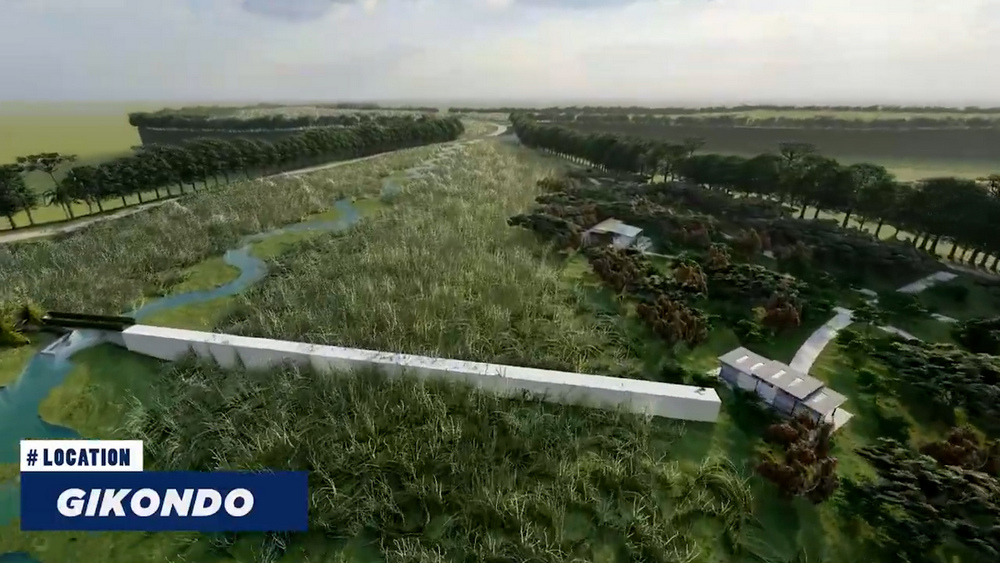
Gikondo wetland.
“This wetland which has been regenerated with natural and botanical trees will also play a key role in controlling water flow and filtering with a low water channel constructed to supply water ponds,” said Martine Uwera, the Programme Manager of the Environmental Mainstreaming and Biodiversity Management Programme at REMA.
Gikondo will have a suspended walkway for accessibility, but even when the wetland had a river (water stream) before, it will not be recreated or manually restored; unless this happens naturally within a long period of restoration.
“This area was totally degraded because of the different toxic elements left behind, compared to other wetlands. We didn’t put a blind eye to this but the reason we will not recreate a water body is because studies have shown that it is not good to do so following its pollution,” Kabera said
The Rwampara wetland which is on the higher altitude and collects all the rain waters in Kigali and pours it at Nyabugogo wetland as last destination, will have construction works, land restoration activities for recreation with a specific focus on Rwandan cultural activities and facilities like restaurants that will prepare all local dishes, shops with made in Rwanda products and an educational center on Rwanda’s history and culture.
Nyabugogo wetland will have facilities to curb floods affecting infrastructure such as roads, creation of a lake and a waterfront to improve the city’s landscape, recreation of the natural profile of the river downstream, natural treatment of storm water at all outlets of urban drains, and increase in the richness of water-dependent species of birds, amphibians and plants with an increased attractiveness for flagship bird species.
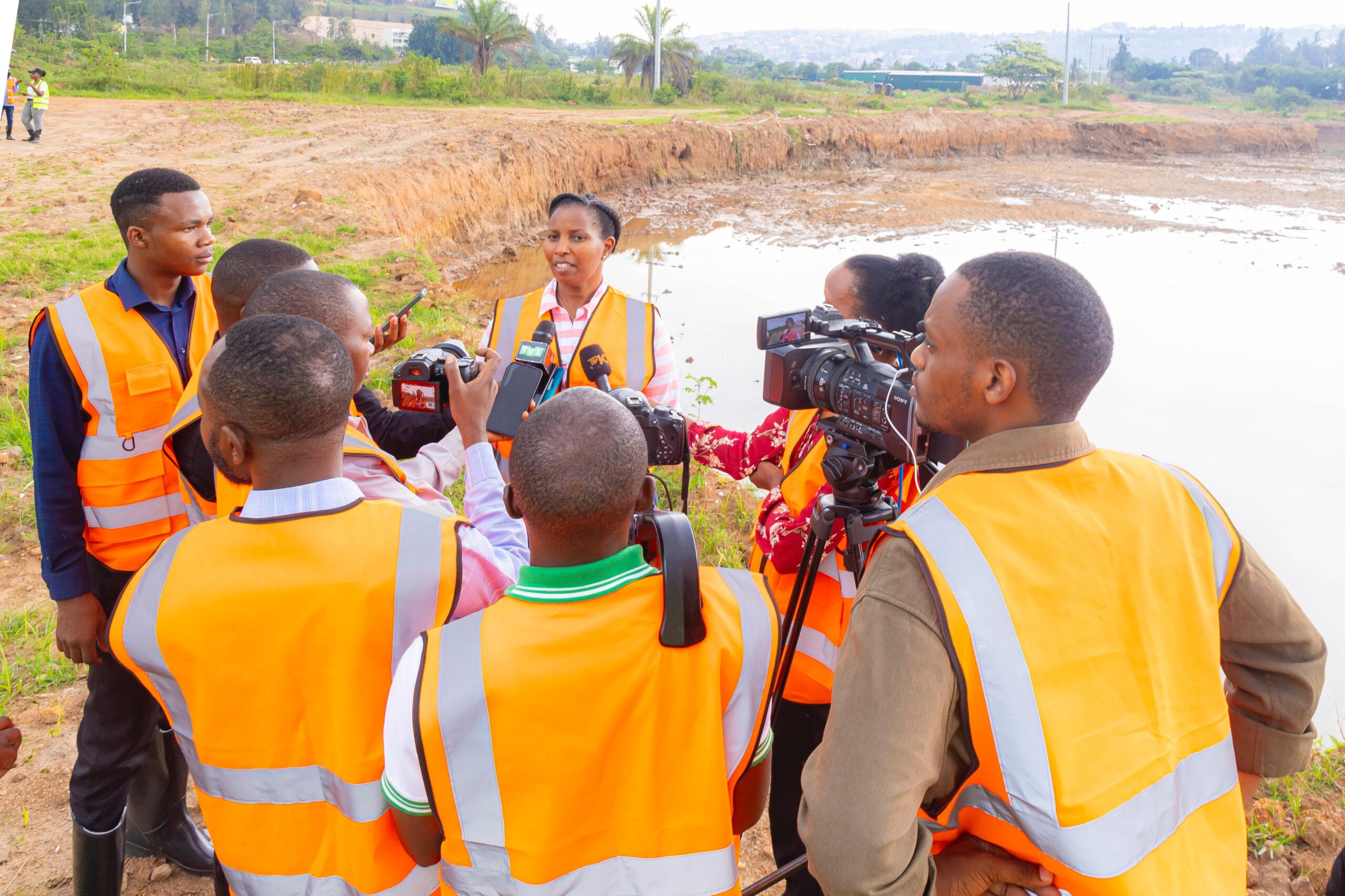
Juliet Kabera, Director General, REMA explaining the work being done to transform the wetlands.
With this composition and being a central water bank, Nyabugogo remains as a purely untampered wetland with life, thus it will specifically contain an educational center where research work on wetlands will be done.
Kibumba wetland will be specifically a fishing educational and recreation area where families can learn the history of fishing and how to fish but also have a time for recreation- with a children’s park and a watch over tower to view the city.
“This wetland will have a reprofiling of the river with creation of meanders, creation of ponds containing fish but also a structure that will be used as an education center on the history of fishing in Rwanda,” Uwera said.
Kibumba will also have native plant species adapted to the wetland environment and riparian areas, a landscaped vegetation park, creation of ponds and islands with an aesthetic appearance, walk/cycling circuits and a green belt-for transition from the wetland to the communities.
Rugenge-Rwintare wetland will have recreational facilities for leisure with bamboo zones, suspended walkway and cycling circuits
REMA said that the benefit of rehabilitating these wetlands will enable city dwellers to have places for recreation and improving the green growth agenda, however with plans to create a business plan for all the wetlands to generate revenues.
There are about 37 interconnected wetlands in Kigali City with a total area of about 9, 160 hectares or about 12.5 per cent of the city’s land mass.
Outlined in the Kigali City Wetland Master Plan, 3,888 hectares are designated for conservation purposes. One of the wetlands which has already been rehabilitated is the Nyandungu Eco-Park which cost over Rwf6 billion to implement activities for over six years.
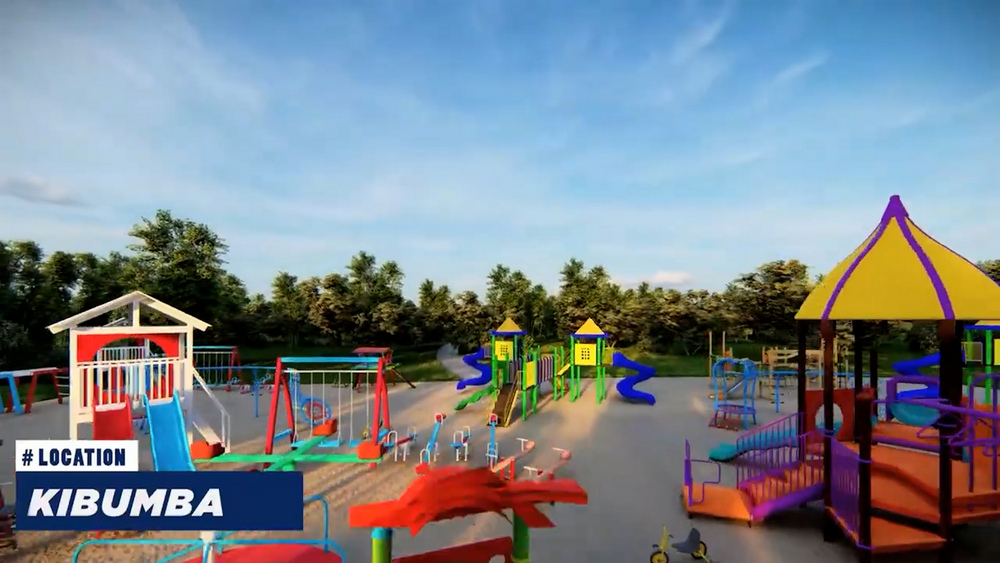
Some of the earmarked wetlands will have leisure and amusement parks.
Nyandugu opened to the public in July, 2022. The park receives close to 6,000 visitors every month.
The park sits on a space of 121.7 Hectares and an addition of 43 hectares is in progress. It has more than 200 bird species and 73 indigenous plant species were introduced as part of wetland rehabilitation.
This wetland, which is to be expanded, is a blueprint for an additional five wetlands the Government of Rwanda is revitalizing in the city of Kigali.
At least 74 plots will be expropriated in order to pave way for the expansion of Nyandungu Eco-Tourism Park according to the City of Kigali.
